Results found that 50 percent fishmeal replacement was possible with sacha inchi cake without affecting growth
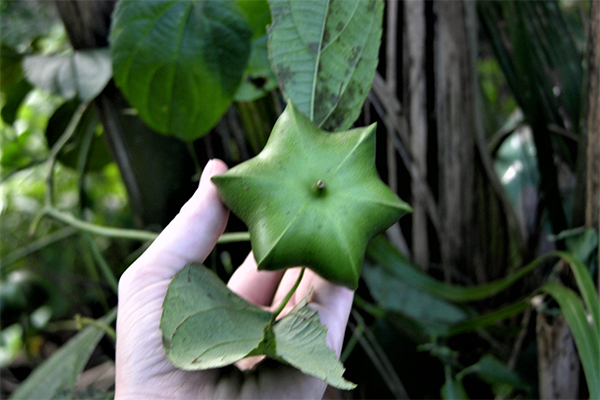
Dietary protein in feeds for farmed shrimp ranges from 25 to 33 percent, of which typically a minimum of 12 percent is fishmeal. Fishmeal is an essential ingredient in fish and crustaceans aquafeeds, but the industry is developing alternative ingredients, mainly derived from plants. Vegetable sources have some advantages over animal-based sources – such as lower prices, more availability and improved composition – and the search for and development of other sustainable sources that allow higher replacement percentages and diversify aquafeed ingredients remains an important animal nutrition research goal.
The Inca peanut or sacha inchi (SI, Plukenetia volubilis) is a partly woody and perennial plant of the Euphorbiacea family, native to Peruvian jungles. The flour from the seeds contains approximately 48 percent oil and 27 percent protein rich in the amino acids cysteine, tyrosine, threonine, and tryptophan]. The fatty acids of sacha inchi are mostly unsaturated, with about 85 percent polyunsaturation, and with a ratio of omega-6 to omega-3 fatty acids of approximately 0.81, including approximately 33–34 percent linoleic acid and 50–51 percent linolenic acid. These fatty acids are important for health and nutrition, and for the prevention of cardiovascular disease, rheumatoid arthritis, and cancer.
Other bioactive compounds have also been observed in SI oil, such as carotenes, polyphenolic compounds, tocopherols, and phytosterols. For all these reasons, SI seeds should be considered an important dietary source of health-promoting phytochemicals. Currently, SI oil is commercialized for medicinal applications for skin care and as a nutritional supplement for humans. SI oil is obtained by pressing nuts, separating oil, and obtaining a rich protein paste by-product that can be used in animal feed. The post-oil extraction residue from sacha inchi presents a high content of proteins (59 percent). This cake represents 62–70 percent of seed and contains 12–17 percent of oil. SI cake has been examined as a fishmeal substitute for several fish species, such as red tilapia (Tilapia spp.), various Amazonian fish species, and rainbow trout (Oncorhynchus mykiss), all with promising results.
This article – summarized from the original publication [Renteria, P. et al. 2022. Effect of Replacing Fishmeal with Plukenetia volubilis Cake on Growth, Digestive Enzymes, and Body Composition in Whiteleg Shrimp (Litopenaeus vannamei). Fishes 2022, 7(5), 244] – discusses a study that evaluated the effect of replacing fishmeal in diets for L. vannamei with sacha inchi, assessing shrimp growth, nutrition indices, digestive enzymes and final body composition.
Study setup
This study was carried out at a commercial shrimp farm, Noblecilla Salas, located in Santa Rosa, El Oro Province, Ecuador using 1-cubic-meter cages placed in a 1-hectare pond. Prior to the experiment, the shrimps were acclimated for three weeks and fed a commercial diet (Nicovita). Once acclimatized, 120 L. vannamei juveniles were used, with an average initial weight of 3.41 ± 0.31 grams. The shrimp were randomly distributed and stocked into eight, 1-cubic-meter cages at the bottom of a pond at a density of 15 individuals per cage.
Four isonitrogenous (350 g crude protein/kg) diets were prepared at the Department of Aquaculture at the Technical University of Machala, Ecuador. The SI seeds used were provided by the agricultural cooperative Aso-Inchi Cantón Las Lajas in the Province of El Oro (Ecuador). Experimental diets were formulated, including SI cake as a partial substitute for fishmeal and a SI-free diet was used as the control (CT), and three experimental diets were designed with increasing levels of fishmeal replacement by SI cake: 15 percent (D-15), 25 percent (D-25) and 50 percent (D-50).
Each experimental feed was tested in duplicate (4 diets × 2 cages each) for 10 weeks. All the shrimp groups were fed with the experimental diets three times daily at 7 percent of their body weight). Shrimp length and weight were determined weekly, and shrimp body and hepatopancreas samples were collected at the end of the feeding trial for lab analyses.
For detailed information on the experimental design, diet preparation, animal husbandry, and sample collection and analyses; and statistical analysis, refer to the original publication. Fig. 1 presents a graphical summary of the study.
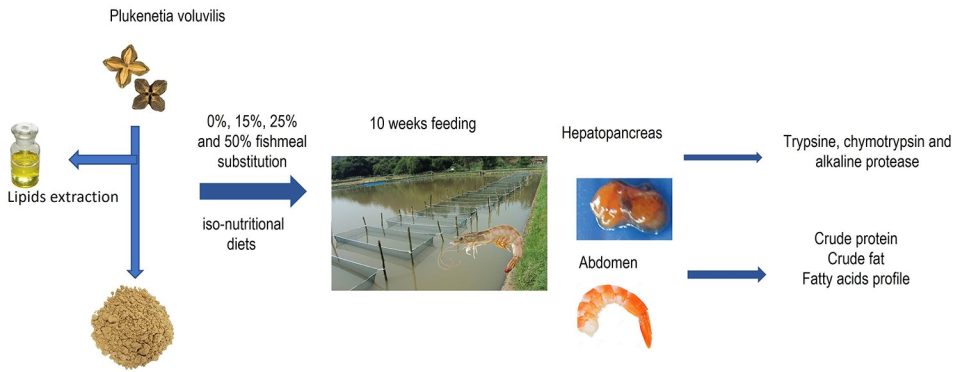
Results and discussion
In our experiment, the effect of inclusion was studied at three levels of fishmeal replacement by SI cake (15, 25 and 50 percent) in experimental diets for L. vannamei. The results showed that replacing fishmeal with SI cake tended to increase the final weight by increasing the cephalothorax and abdomen weight; shrimps fed with D-50 showed higher values of growth indices and better feed conversion ratio (FCR).
The lowest specific growth rate (SGR) was found in the shrimp fed with the D-25 diet. This could be related to the heavier hepatopancreas weight observed in this group and could be due to hepatotoxicity, leading to lower enzyme secretion and lower digestive efficiency, as described by other researchers for poultry fed with SI cake. However, in our shrimp fed with 50 percent fishmeal replacement level (D-50), the SGR was higher than that observed for the CT and D-25 groups. As such, it is plausible to question if SI was the reason for the observed lower SGR and/or the heavier hepatopancreas weight obtained in the D-25 group. A decrease in the activity of an enzyme, chymotrypsin, was observed in the D-25 group, which could be related to the lower SGR observed in this group of shrimp.
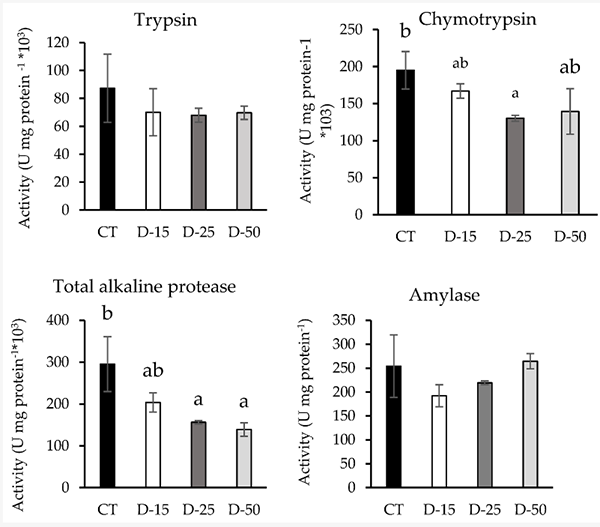
We are not aware of any previous studies on the effect of SI on body composition or muscle quality in shrimp. Results of our study showed a lower protein content in the edible part of the abdomen of the shrimp fed with the experimental diets at all the fishmeal replacement levels, with no changes observed in crude fat. In terms of production, the reduction of protein could be balanced with the higher final weight obtained in the shrimp fed with the experimental diets.
The proximal composition of our SI cake showed 51.12 percent ± 1.08 of crude protein and 10.51 percent ± 0.06 of crude fat, which are lower protein values than those described for fishmeal. A whole meal made with a fatty fish, such as herring, might contain about 71 percent protein, 9 percent fat, 8 percent water and 12 percent minerals, whereas a meal made mainly with white fish and white fish offal, and dried to the same extent, might contain about 66 percent protein, 5 percent fat, 8 percent water and 21 percent minerals.
Regarding digestive enzymes, our data showed only a slight decrease in trypsin activity when SI cake was included in one of the diets tested, with no statistical differences when comparing to the control diet (Fig. 2). Conversely, a reduction in chymotrypsin and alkaline protease activities was found when the inclusion of SI increased in the experimental diets.
The increase in temperature during the lipid extraction process of SI seeds probably resulted in some loss in the effect of the trypsin inhibitor, as well as other anti-nutritional factors. Despite this reduction in the chymotrypsin activity we observed, shrimp growth was not stunted, and the animals fed with SI diets had similar growth rates to the control diet.
Perspectives
Previous research showed the inclusion of plant source proteins in the diet of L. vannamei must not exceed 40 percent, but in our study, our data showed that 50 percent of the fishmeal could be replaced by SI cake without compromising the nutritional and growth indices of the shrimp. Protein decrease in the abdomen was observed for those groups fed with sacha cake; nevertheless, a higher final weight regarding control was also observed.
Our data show that SI cake can be a promising alternative protein source to fishmeal for feeding farmed L. vannamei, although more studies are needed in order to establish the maximum replacement percentages, as well as determine the best, adequate treatments to eliminate antinutritional factors.
Now that you've reached the end of the article ...
… please consider supporting GSA’s mission to advance responsible seafood practices through education, advocacy and third-party assurances. The Advocate aims to document the evolution of responsible seafood practices and share the expansive knowledge of our vast network of contributors.
By becoming a Global Seafood Alliance member, you’re ensuring that all of the pre-competitive work we do through member benefits, resources and events can continue. Individual membership costs just $50 a year.
Not a GSA member? Join us.
Author
-
Prof. Dr. María J. Sánchez-Muros
Corresponding author
Department of Biology and Geology, Ceimar University of Almeria, 04120 Almería, Spain
Tagged With
Related Posts

Aquafeeds
Waste not: Novel protein-recapture initiatives for aquaculture
A Norwegian fermentation technology firm utilizes volcanic matter to transform salmon waste, including feces and uneaten feed, into a high-protein powder.
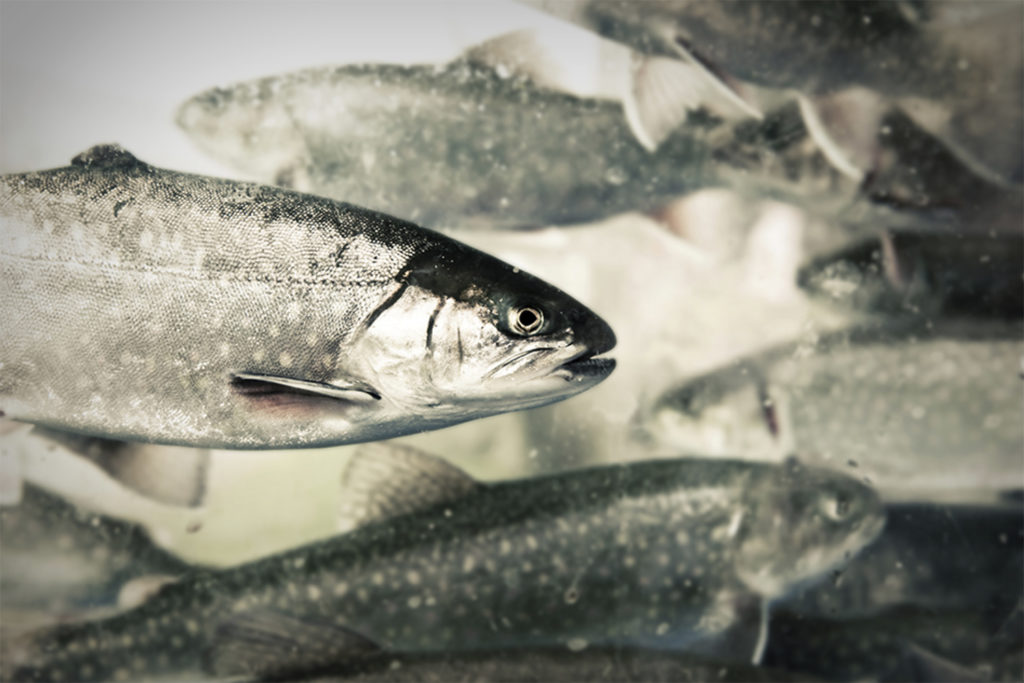
Aquafeeds
Point: There are no essential ingredients in aquaculture feeds
Kevin Fitzsimmons, leader of the F3 (fish-free feed) Challenge, says aquaculture may currently depend on fishmeal and fish oil, but farmed fish do not.
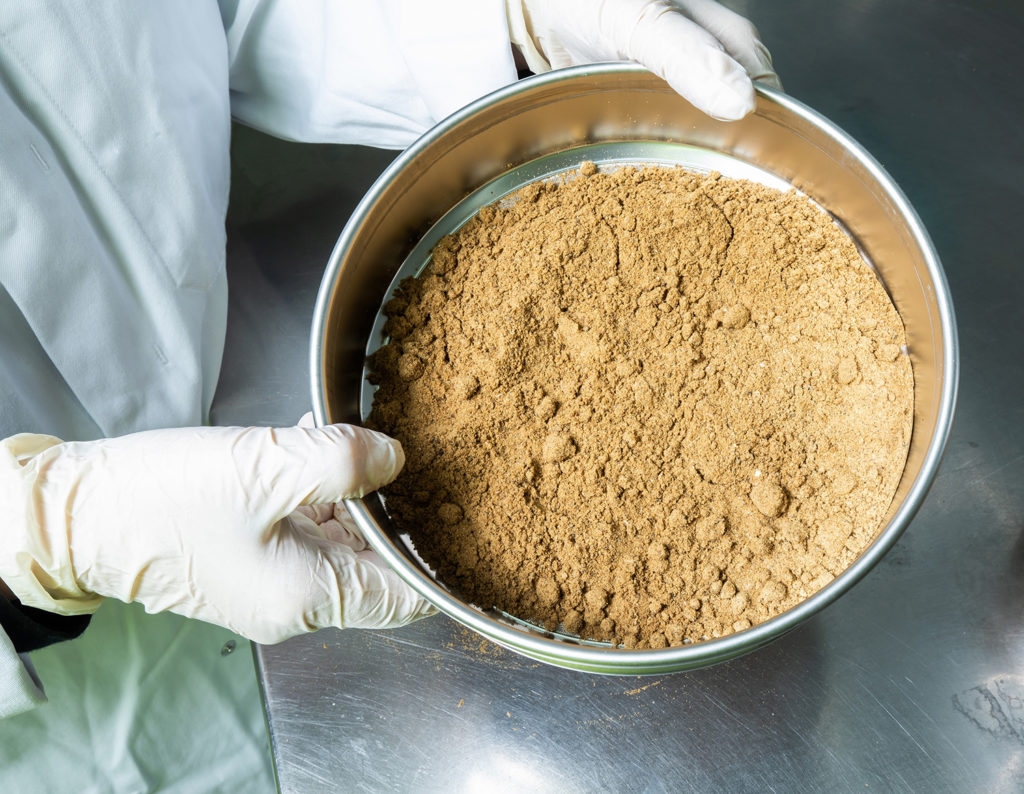
Aquafeeds
Counterpoint: Marine ingredients are stable in volume, strategic in aquaculture nutrition
IFFO Director General Petter M. Johannessen says fishmeal and fish oil offer unmatched nutrition and benefits to fuel aquaculture’s growth trajectory.
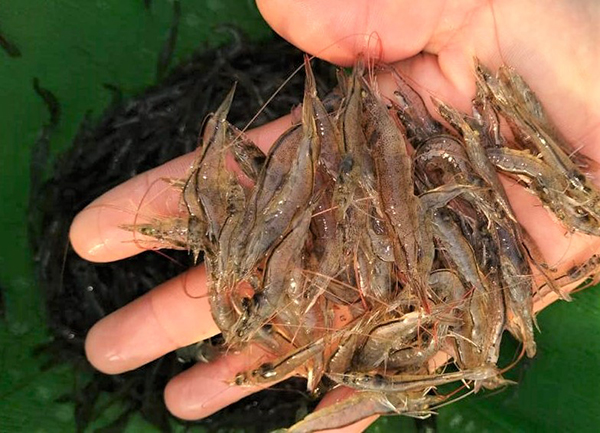
Health & Welfare
Evaluating digestibility and performance of insect meals in diets for Pacific white shrimp
An assessment of seven insect meals demonstrates their high potential as protein sources to replace fishmeal in diets for L. vannamei.



